All About Soy Candles
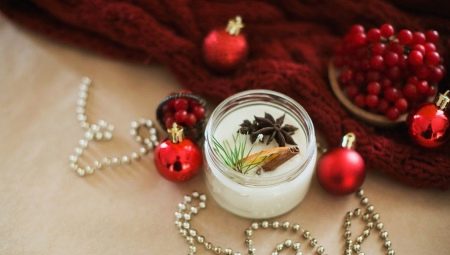
Soy wax candles not only look attractive, but are absolutely safe for human health and the environment. The products on sale today are quite expensive, but it is quite possible to make them on your own.
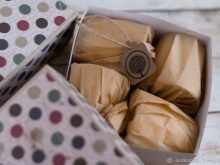
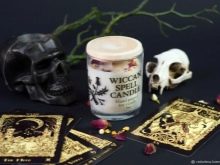

Advantages and disadvantages
In fact, the only drawback of soy candles can only be called their high price: even the smallest model costs more than a few paraffin wax. The advantages of such lighting fixtures are much greater. The wax used for molded and other candles is environmentally friendly, which means it is natural, biodegradable and devoid of any toxic properties. The description of the material indicates that it perfectly retains essential oils. The product melts without any problems, forming a non-solidifying pool of molten substance at the base of the wick, which allows the aromatic oils to evaporate from the surface for as long as possible. Soy wax itself gives off a slight milky aroma when heated.
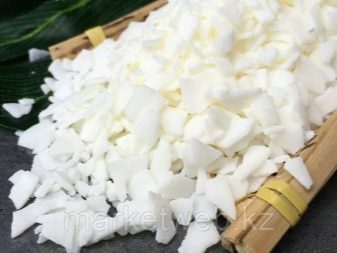
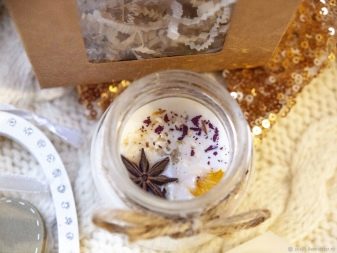
Solid material burns cleanly, without creating soot or emitting carcinogens. It retains its attractive appearance even with temperature extremes. In terms of quality, soy raw materials for candles are in no way inferior to bees, and the burning time of such a product is 2 times higher than that of paraffinic ones. The material can be easily removed from any surface, including clothing and furniture, using hot water and soap.
The advantage of soy candles is that they do not cause problems for people who are allergic to honey, which means they cannot use beeswax.
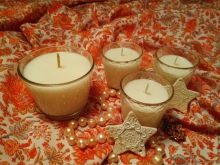
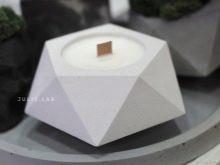

Species overview
Handmade soy candles may vary depending on the raw materials used. For example, it can be CB-135 soy wax melting at 50 ° C, containing more than 90% soybean oil and less than 10% other botanical oils. This material is ideal for making massage tiles, but not recommended for beginners. Wax SV-Advanced used for the production of container candles. The substance melts at a temperature of 43.9 ° C and practically does not form a "glaze". Products containing it are distinguished by a persistent aroma and a beautiful, even color.
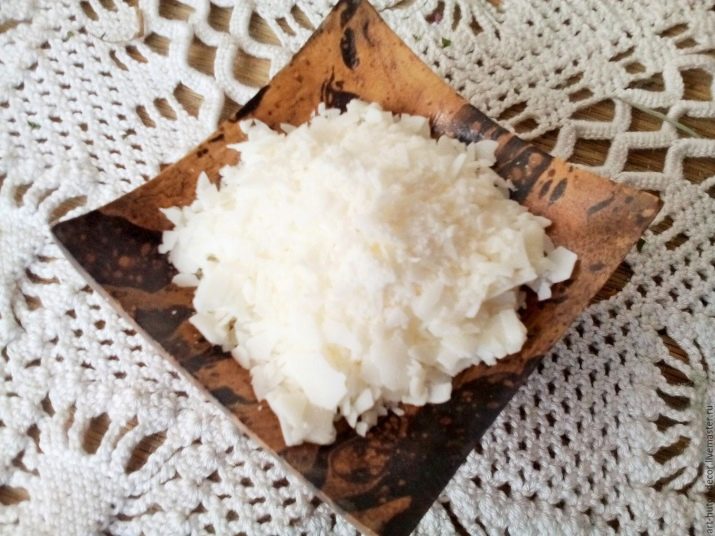
CB-Xcel wax melts at 51.7 ° C. It is created from 100% pure soy wax without the addition of botanical oils, which explains its popularity with artisans. Finally, in creativity and PB wax - material for silicone molds and candles-"columns", the melting point of which is 54.4 ° C. It contains about 90% of soybean oil and about 10% of other vegetable oils.
The material is most often used for the manufacture of products without containers, as it does not crack and creates a smooth and silky surface.
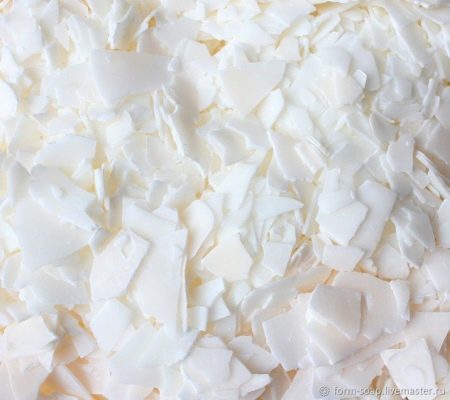
For massage soy candles, only natural dyes are used: carrot macerate, charcoal extract and others. For the rest of the candles, special matte dyes are used, liquid food or mica powder from natural mica, coated with oxide and creating a mother-of-pearl effect. In terms of flavors, the most commonly used essential oils in organic soy candles are lemongrass, orange, vanilla, mint, or other flavors. Various cosmetic fragrances are also suitable for work.
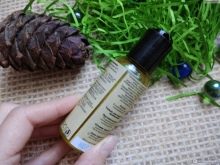
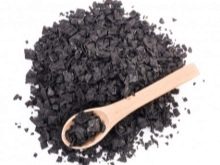
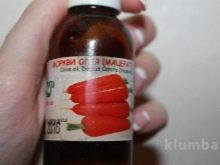
Popular brands
A popular manufacturer of scented soy wax candles is KOBO Candles. The production plant grows its own soybeans, which makes it possible to ensure the maximum environmental friendliness of raw materials. The brand's assortment includes candles in glass jars, in which, after use, you can plant the seeds included in the kit, as well as products in biodegradable packaging.
The highlight of PaddyWax is the manual processing of soybeans. The brand's most famous collection is the one dedicated to US national parks, for which fragments of fallen trees were used as wicks.
Broad Street products are no less famous. Its assortment includes models with scents of fruits, flowers, absinthe, office, etc.
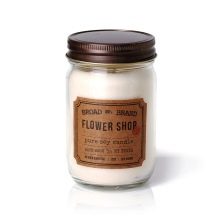


How to do it yourself?
There are many workshops for making soy candles at home. Let's take a look at some of them.
So, for work, use soy flakes or soy wax, a wick with a weight at the end, a pencil, fragrances and wax paper, which may be needed to absorb spilled wax. In addition, you will have to decide on a glass container that will play the role of a candlestick, as well as design a water bath from a pair of ladles or a pair of pots of different sizes.
It is important to remember that wax melts and hardens quickly, and therefore it will be right to collect all materials and tools in one place before starting work.
The production of a lighting fixture begins with the fact that soy wax is heated in a water bath to a temperature of 60-70 ° C.
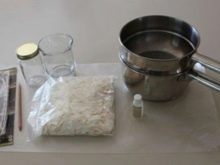
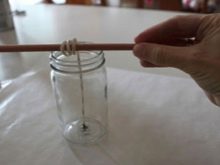
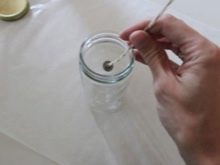
Previously, of course, the device will have to be brought to a boil, and then add dry raw materials and start stirring to avoid the appearance of lumps. For one large candle, you need to use somewhere a couple of cups of cereal, or rather, about 2 times more than the volume of the candlestick. While the wax is melting, the wick and weight are attached to the bottom of the container with a drop of super glue or a piece of double-sided tape. The finished wax is cooled to 50 ° C, after which a flavoring agent is added to it - vanilla aromatic oil, lavender or any other natural perfume.
The substance is carefully poured into the mold so that the wick remains straight and taut.
For convenience, its free part is wound around a pencil or wooden stick placed on the neck of the container. After about 3 hours, you can remove the pencil and shorten the wick to 1 centimeter. Once the wax has cooled, which will happen after a few more hours, the candle can be used.




Another recipe allows you to create a colored soy candle right at home. It takes about 100 grams of pure wax, which can be melted not only in a water bath, but also in a microwave. For the manufacture of the product, it is better to use a natural cotton wick, twisted from several fibers yourself or purchased in a store. A standard product with a diameter of 5-7 centimeters will require one wick 3 millimeters thick.
For a larger model, several wicks can be used at the same time.
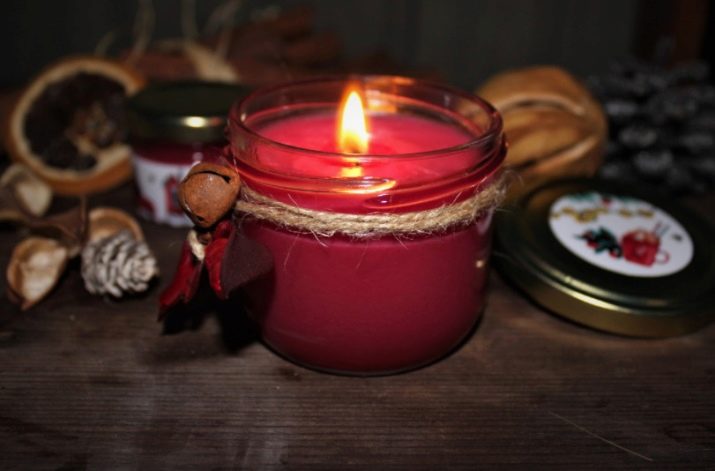
A special holder that works like a small weight will protect the wick from floating and bending, but paper clips can also be used for the same purpose.
To make a candle colored and fragrant, you can combine about 3 grams of perfume with 0.3 g of berry dye, for example, with "Spicy Cranberries". The mixture is rubbed with a pestle until it becomes homogeneous, after which it is combined with liquid wax and mixed with a spatula. A beautiful glass jar with a lid is suitable as a form, as well as a storage container. The wick is installed in its center so that its lower end is tied to a holder or paper clip, and the upper end to a spatula.
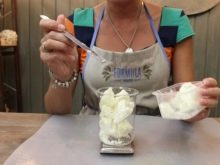
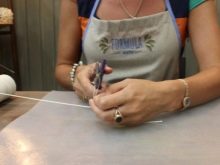


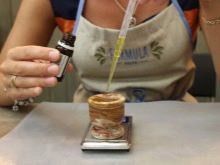
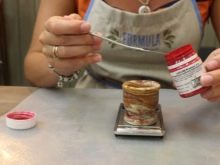
If it is not waxed, then you will first have to dip the cotton part in melted wax and allow it to harden. The liquid substance is carefully poured into a jar and left to solidify. When finished, the wick is trimmed so that its height does not exceed 0.5 cm.
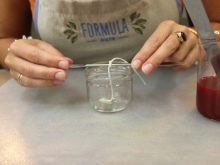
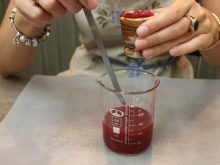
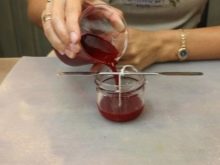
The next master class makes it possible to use essential oils in the creation of candles. In addition to them, you will have to prepare soy wax, a reinforced wick with a holder, several glass and metal containers and a couple of ladles: one larger, the other smaller. First, the wax is placed in a water bath. It is important not to forget that you do not need to cook it - it should simply be heated until it becomes a homogeneous substance. Next, the wick holders are dipped in hot wax and pressed against the bottom of the container, that is, the candlestick. A large clothespin will allow you to fix the wicks themselves in the center of the containers.
Essential oils are added directly to hot wax, after which the substance is gently mixed.
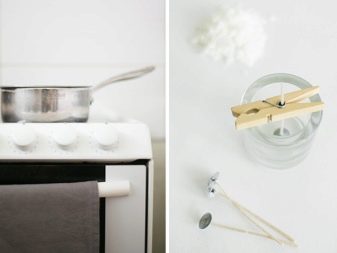
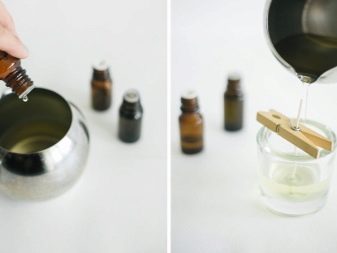
The wax is poured into molds, and after it hardens, the wick is cut off the candle. A good and stylish solution would be to stick a label with the name of the fragrance on the candlestick. Any of the above master classes can be diversified by adding dried flowers to the list of components - dried rose or lavender buds or pressed flowers.
You can also add dried fruit, cinnamon sticks, anise stars, cloves, cardamom pods, shells, or decorative figurines to the candle.
All additional ingredients are carefully added to the melted wax or laid out on the bottom of the container. In addition, wax, which has already begun to set, can be sprinkled with small decor, and large objects can simply be pressed into the surface.
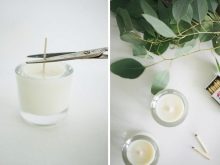
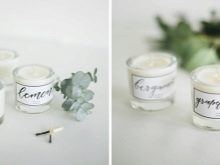
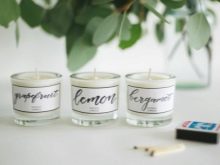
For information on how to make a soy candle with your own hands, see the next video.








